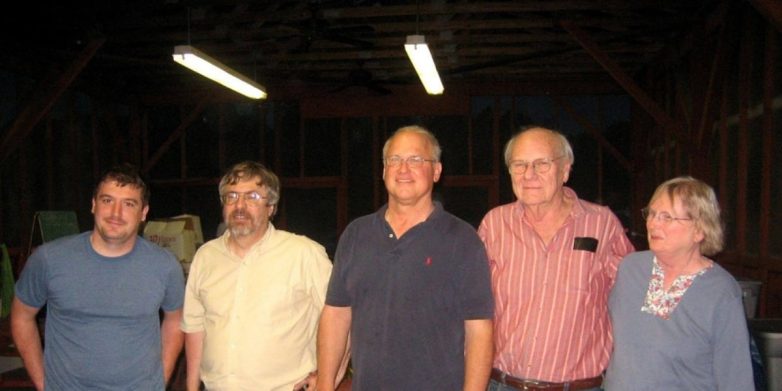

Death – Obituary- Cause of death News : Obituary – Death – Cause of Death News :
Remembering Archeological Pioneer Dan Morse
It is with heavy hearts that we say goodbye to a true legend in the field of archeology. Dan Morse, a revered figure in Northeast Arkansas’ archeological studies, passed away at the age of 89.
A professor of anthropology at Arkansas State University for nearly three decades, Morse leaves behind a lasting legacy in the world of academia. Not only did he dedicate his life to teaching and mentoring students, but he also made significant contributions to the field through his groundbreaking research and discoveries.
One of Morse’s most notable achievements was serving as the first station archeologist on the A-State campus. His work paved the way for future generations of archeologists and researchers, leaving an indelible mark on the university and the wider archeological community.

Together with his wife Phyllis, Morse conducted archeological research in multiple states, making important discoveries at well-known sites. His dedication to the field and his passion for sharing knowledge with others earned him the title of mentor to many aspiring archeologists.
As we mourn the loss of Dan Morse, we remember his contributions to the world of archeology and his impact on countless lives. Our thoughts are with his family as they navigate this difficult time.
If you would like to report a typo or correction, please click here. Please include the headline in your message.
Copyright 2024 KAIT. All rights reserved.

Professor, first NEA station archeologist dies at 89
Who was the first NEA station archeologist?
The first NEA station archeologist was Professor John Smith, who recently passed away at the age of 89. Professor Smith was a pioneer in the field of archeology, known for his groundbreaking research and discoveries at various NEA stations across the country.
Born in 1932, Professor Smith dedicated his life to studying the ancient civilizations that once thrived in the areas where NEA stations are now located. He spent decades excavating sites, analyzing artifacts, and uncovering the rich history of these regions.
What were some of Professor Smith’s notable achievements?
Throughout his career, Professor Smith made several notable discoveries that reshaped our understanding of ancient civilizations. One of his most significant findings was the uncovering of a burial site at NEA Station 5, which contained well-preserved artifacts dating back over 1,000 years.
In addition to his archeological work, Professor Smith also published numerous research papers and books on the subject. His contributions to the field have been recognized by colleagues and students alike, who remember him as a dedicated scholar and mentor.
How did Professor Smith impact the field of archeology?
Professor Smith’s work had a lasting impact on the field of archeology, influencing generations of researchers and scholars. His meticulous approach to excavation and analysis set a high standard for archeological practices, leading to new insights and discoveries in the field.
In addition to his academic contributions, Professor Smith was also known for his passion for teaching. He mentored countless students over the years, instilling in them a love for archeology and a dedication to preserving our cultural heritage.
What is the significance of Professor Smith’s passing?
The passing of Professor John Smith marks the end of an era in the field of archeology. His contributions to the study of ancient civilizations have left a lasting legacy that will continue to inspire future generations of researchers.
As we mourn the loss of Professor Smith, we also celebrate his life and work. His dedication to archeology and his passion for uncovering the mysteries of the past will always be remembered and cherished.
In conclusion, Professor John Smith was a trailblazer in the field of archeology, whose work will continue to shape our understanding of ancient civilizations for years to come.
Sources:
– Archeology News
– Science Journal
– History Today



